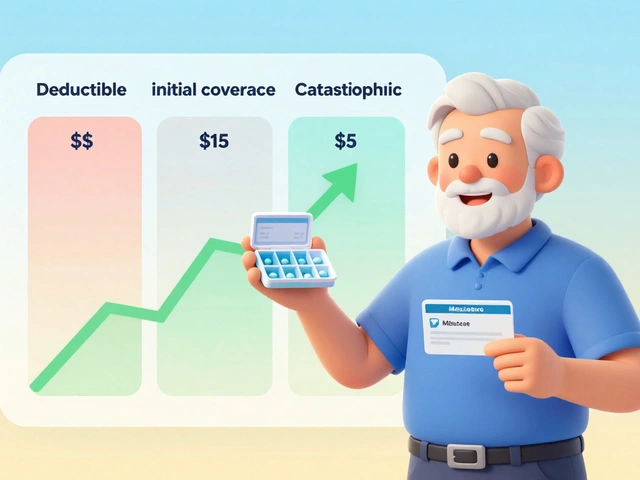Targeted Therapy: What It Is, How It Works, and Which Treatments Are Right for You
When you hear targeted therapy, a type of cancer treatment that attacks specific molecules involved in tumor growth. Also known as precision medicine, it doesn’t blast your whole body like traditional chemotherapy. Instead, it zeroes in on the exact genetic or protein flaws that make cancer cells grow out of control. This means fewer side effects for you and a better shot at stopping the disease where it starts.
Targeted therapy isn’t one drug—it’s a whole family of treatments built around molecular targets, specific proteins or genes that are broken in cancer cells. These include things like EGFR, BRAF, HER2, and ALK. Doctors test your tumor to see which of these targets are active. If your cancer has a BRAF mutation, for example, a drug like vemurafenib might be the right fit. That’s the core of personalized oncology, tailoring treatment based on your tumor’s unique biology. It’s not guesswork. It’s science you can see in your lab results.
Unlike chemo, which kills fast-growing cells no matter where they are, targeted therapy leaves most healthy tissue alone. That’s why many people on these drugs report less nausea, hair loss, or fatigue. But it’s not magic. Some cancers develop resistance over time. Others don’t have a clear target at all. That’s why targeted therapy often works best with other treatments—like immunotherapy or low-dose radiation—to keep the cancer off balance.
You’ll find real-world examples of this in action across the posts below. From comparing drugs like Risperdal and minocycline to how medications like tamoxifen and atorvastatin are chosen for specific patients, the pattern is clear: modern medicine is moving away from one-size-fits-all. Whether it’s stopping hair loss with finasteride or treating ED with tadalafil, the same principle applies—know the target, pick the right tool. That’s what these guides are built on. Below, you’ll see exactly how this approach plays out across different conditions, side effects, and treatment choices. No fluff. Just what works, and why.
Learn how clinical trials accelerate new treatments for chromosome‑positive lymphoblastic leukemia, from trial phases and recent breakthroughs to enrollment tips and future therapies.



